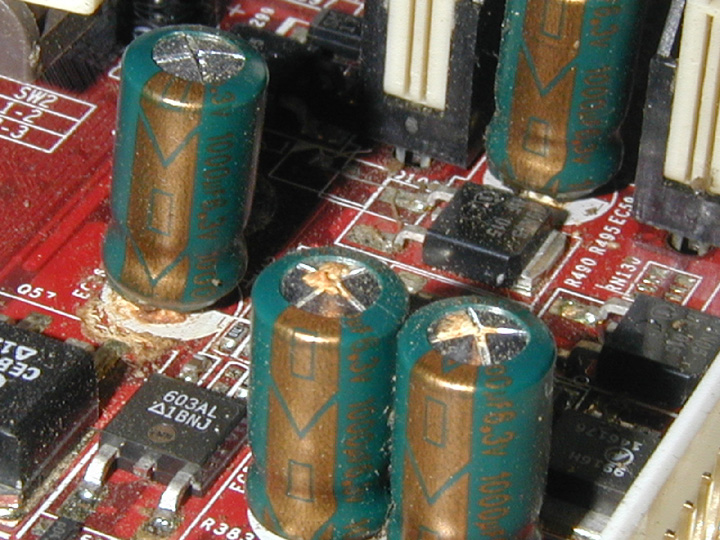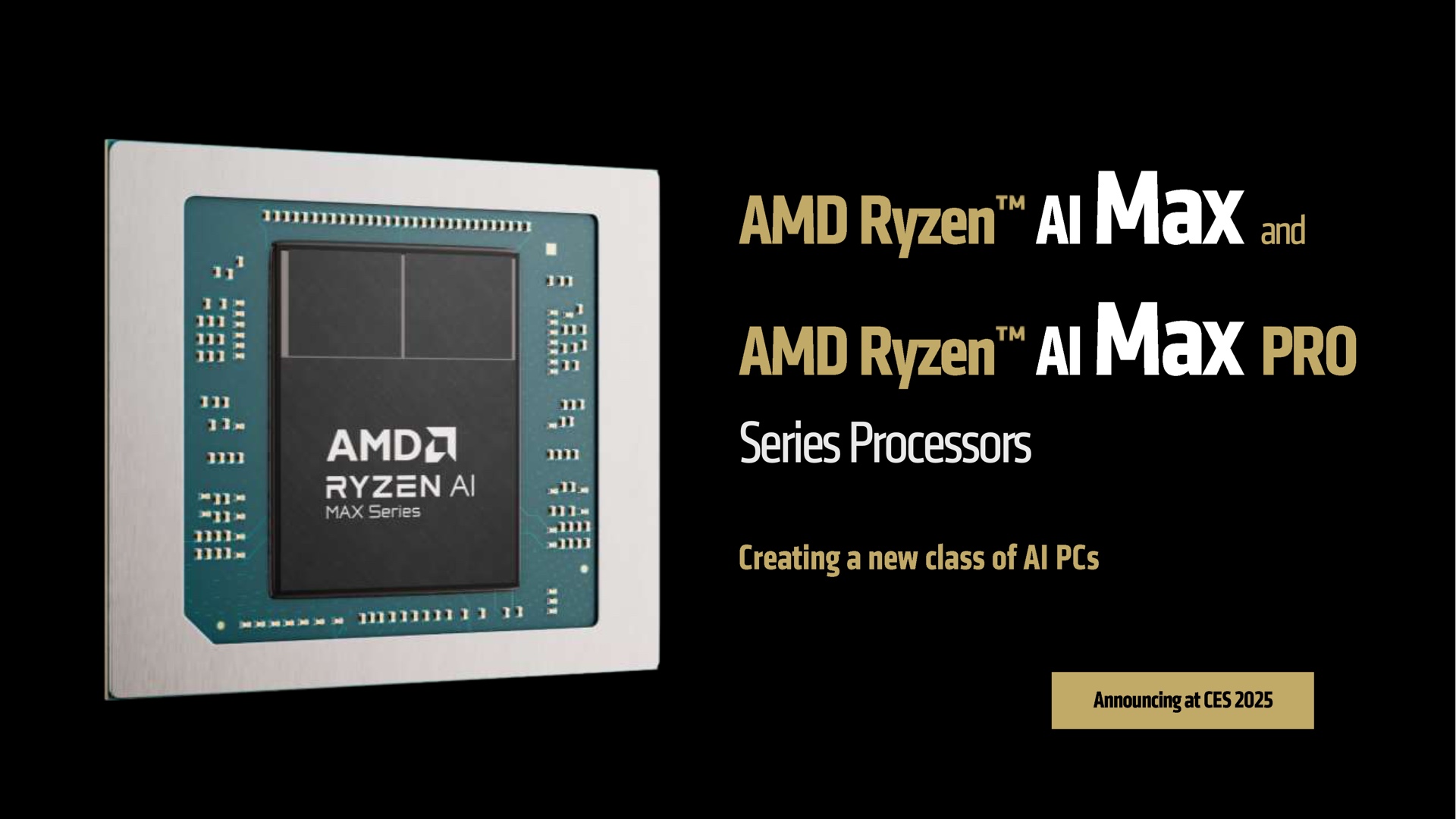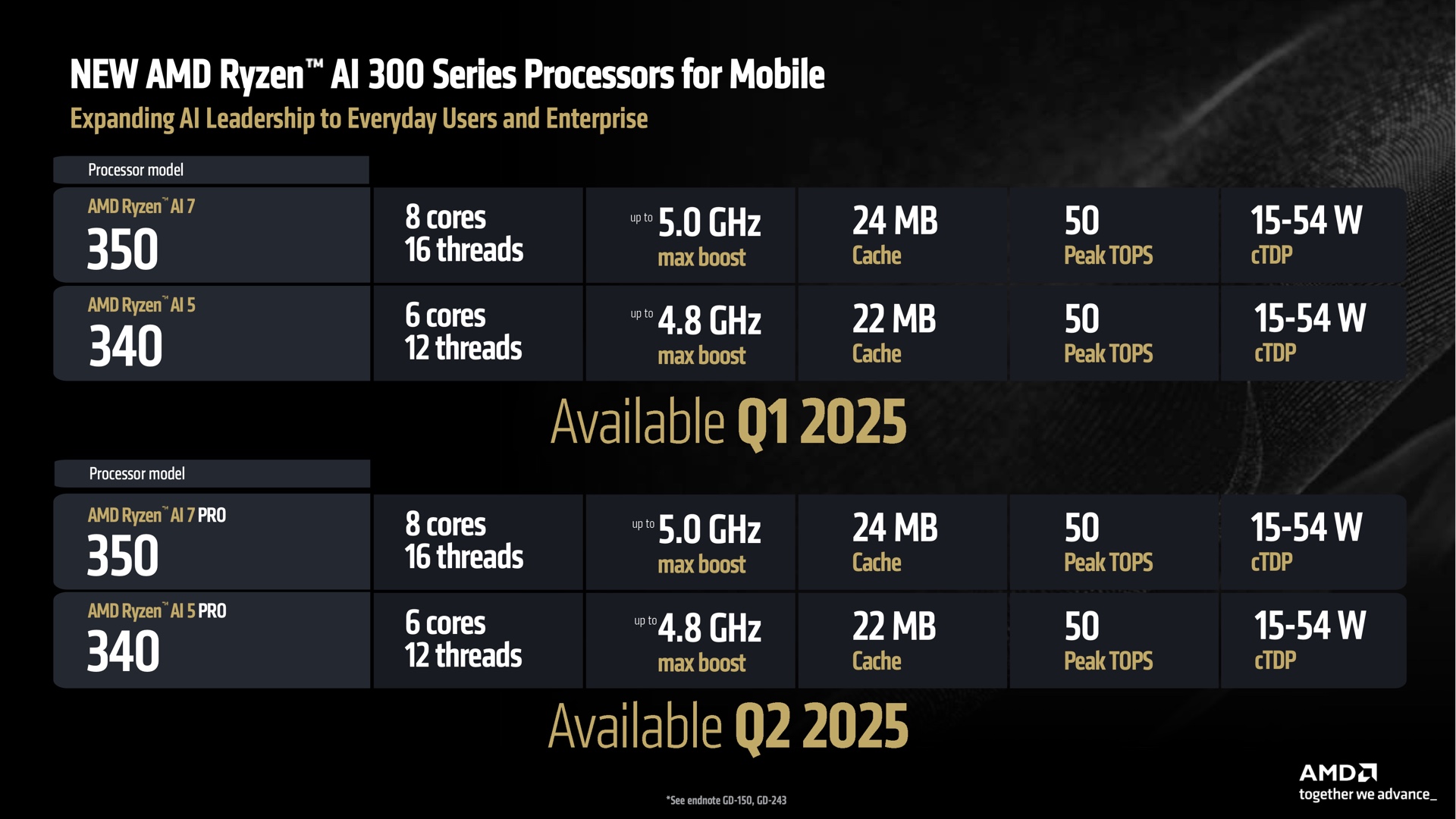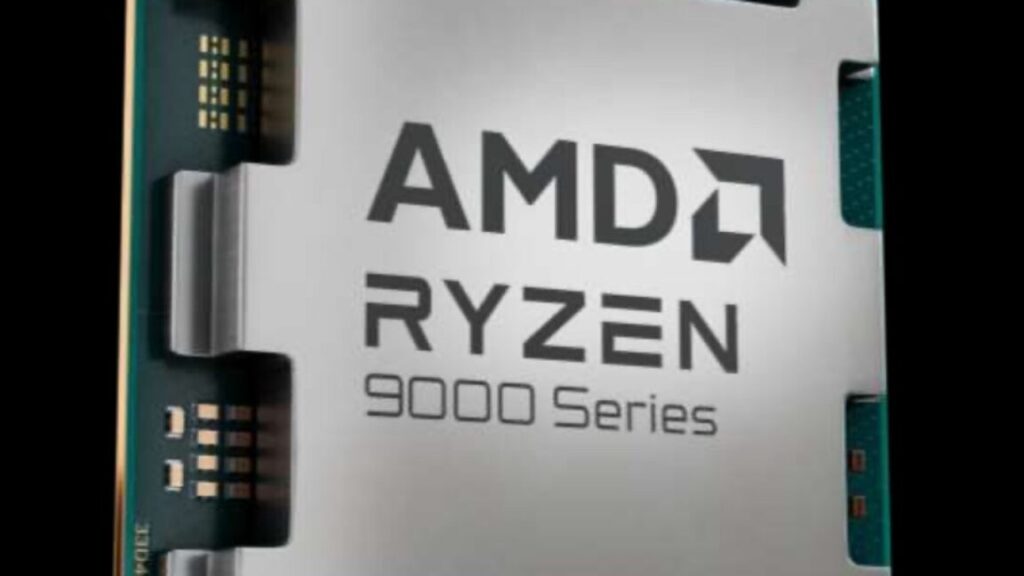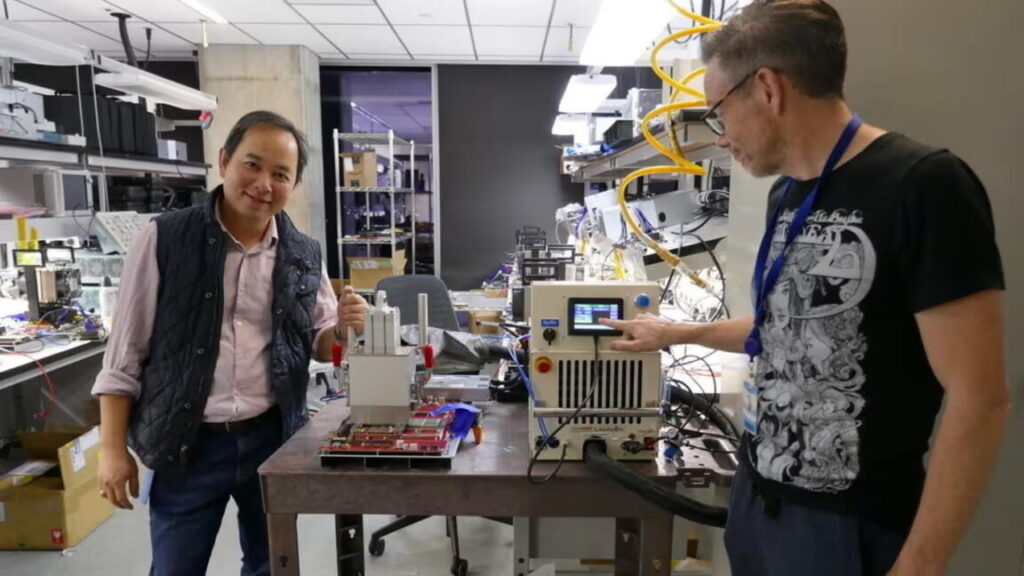The early 2000s capacitor plague is probably not just a stolen recipe
It’s a widely known problem with roots in urban legend: Devices with motherboards failing in the early 2000s with a sudden pop, a gruesome spill, or sometimes a burst of flames. And it was allegedly all due to one guy who didn’t copy a stolen formula correctly.
The “capacitor plague” of the early 2000s was real and fairly widespread among devices, even if the majority of those devices didn’t go bad at the same time or even in the same year. The story of this widespread failure, passing between industry insider stories and media reports, had a specific culprit, but also a broad narrative about the shift from Japanese to Taiwanese manufacturers and about outsourcing generally.
The Asianometry channel on YouTube recently dug into the “capacitor plague” in a video that asks, “What happened to the capacitors in 2002?” and comes to some informed, broad, and layered answers. It explains the specifics of what’s happening inside both a working capacitor and the faulty models, relays the reporting on the companies blamed and affected, and, crucially, puts the plague in the wider context of hotter chips, complex supply chains, counterfeits, and, sure, some industrial sabotage.
“We will never know what exactly happened, but let’s try,” the host says at the start. It is recommended you follow along.
“What Happened to the Capacitors in 2002?” by Asianometry.
Without replicating too much of the video and larger mythos, the basic story is that, according to various disputed timelines, electrolytic capacitors put into electronics between 1999 and 2003 or so failed in dire ways from 2002 through (perhaps) 2007. Boards and computers bought from Abit, HP, IBM, and, infamously, Dell, among others, suffered these faulty capacitors and were handled with recalls, repairs, or, sometimes, silence.
A finely balanced cocktail
The “Low equivalent series resistance,” or “low impedance” aluminum capacitors at issue, contained an electrolyte solution that, when doing its job, served as a cathode and kept the paper separating two files inside the rolled-up capacitor saturated. Because the electrolyte is roughly 70 percent water, and the capacitor could take on wider fluctuations of voltage, it became a cheap, popular component in many devices.
The early 2000s capacitor plague is probably not just a stolen recipe Read More »
